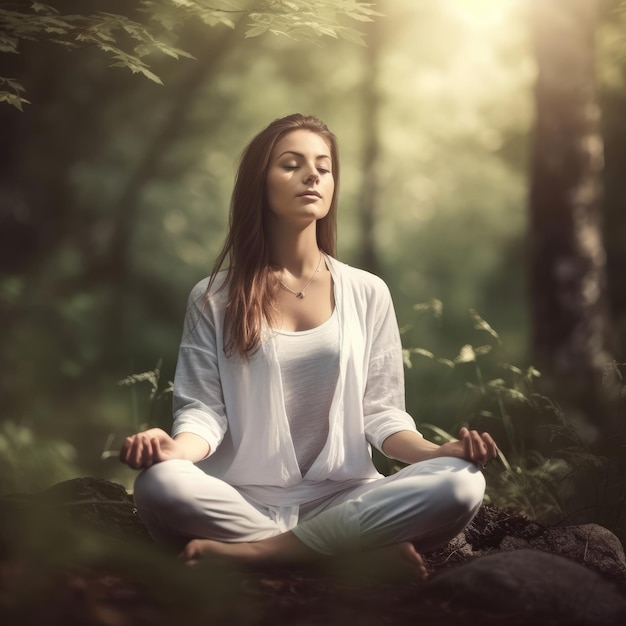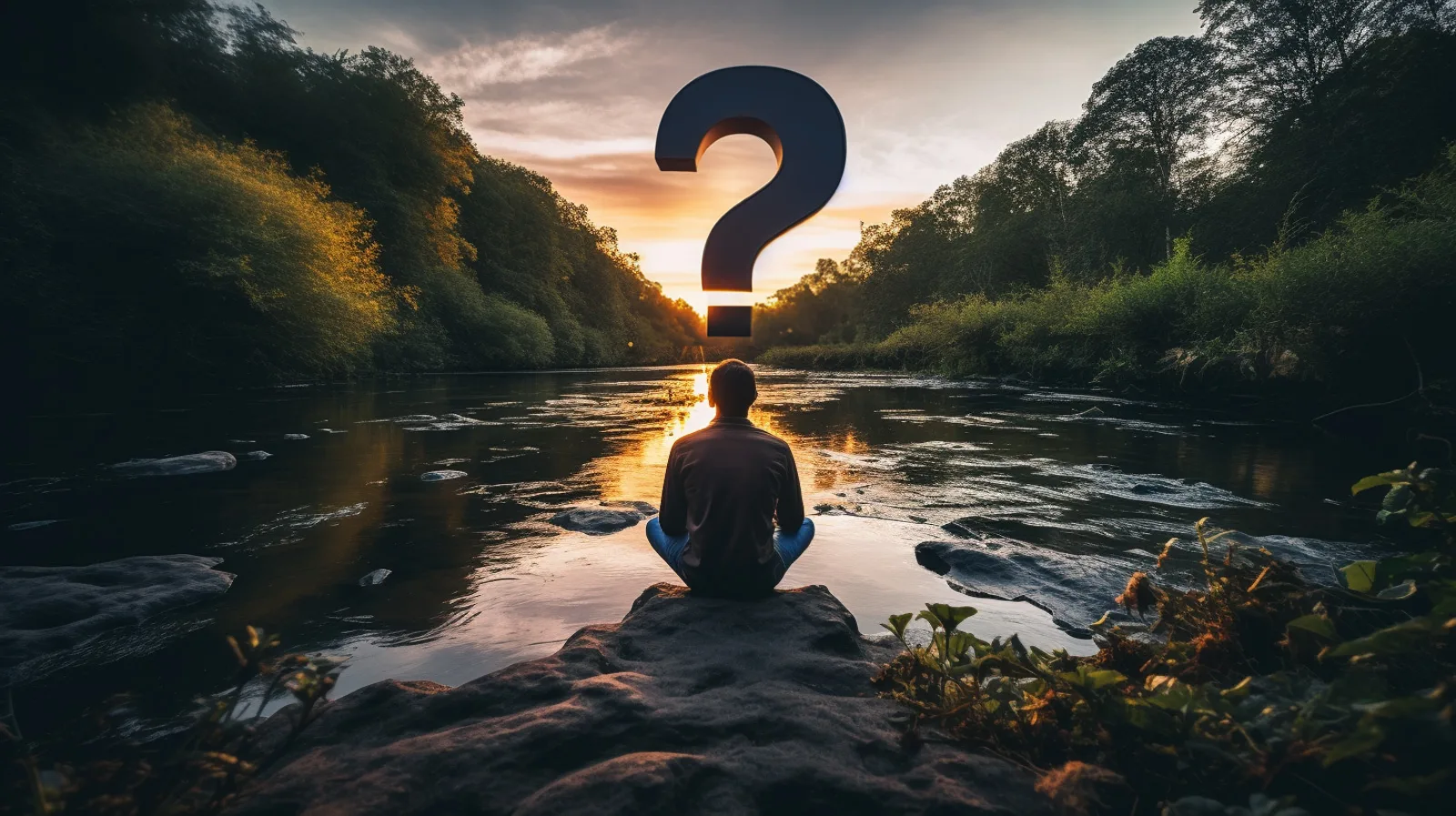Exactly How to Meditate: A Step-by-Step Strategy to Achieving Mindfulness and Calmness
Meditation functions as an effective tool for accomplishing mindfulness and psychological calm in a hectic world. By understanding the basic concepts and strategies associated with meditation, people can grow a technique that enhances their general health. This conversation will detail essential steps, from developing a helpful environment to integrating meditation into daily routines. As we check out these elements, it comes to be clear that the trip to mindfulness is not just concerning the act of being in silence, yet instead concerning fostering a deeper connection with oneself and the world around us. What might this makeover require?
Recognizing Meditation
Understanding reflection entails grasping its fundamental principles and techniques, which function as the structure for the technique. At its core, reflection is a mental exercise focused on promoting leisure, building internal power, and creating compassion and insight. The technique urges individuals to focus their attention, commonly via strategies such as deep breathing, visualization, or rule repetition.
Meditation can be classified into numerous designs, including mindfulness, transcendental, and loving-kindness reflection, each with distinctive objectives and approaches. Mindfulness reflection highlights present-moment awareness and non-judgmental observation of thoughts and feelings, while transcendental reflection entails making use of particular mantras to go beyond normal idea processes. Loving-kindness reflection focuses on developing a perspective of love and empathy towards oneself and others.
Despite the strategy utilized, the key objective remains regular: to grow a deeper understanding of the mind and its patterns. This self-awareness fosters psychological resilience, quality of thought, and an extensive sense of calm (How to meditate?). By understanding these strategies and principles, people prepared for an effective meditation method that can dramatically improve their general well-being
Planning For Your Method
Before beginning your meditation method, it is important to produce an environment favorable to concentrate and relaxation. Select a quiet space where you are unlikely to be interrupted. This can be an edge of a space, a garden, or any type of place that evokes a sense of tranquility. Make certain that the location is tidy and cost-free of clutter, as a neat environment can aid remove the mind.
Think about the illumination, as all-natural light can enhance your state of mind and energy. Soft, warm lights is typically more relaxing than extreme fluorescent lights. Furthermore, select a comfy temperature, ensuring that you are neither as well warm neither also cool.
Including aspects that promote tranquility can better boost your experience. This could include soft paddings or blankets for convenience, in addition to calming fragrances from vital oils or scent. It can likewise be beneficial to have actually a timer established for your reflection session to stop distractions from clock-watching.
Fundamental Meditation Strategies

Another effective method is body check reflection. This entails mentally checking your body from head to toe, discovering any locations of stress or discomfort and knowingly kicking back those muscle mass. This practice cultivates a deeper connection in between your body and mind.

Lastly, loving-kindness meditation concentrates on cultivating compassion in the direction of on your own and others. Quietly repeat expressions of a good reputation, enhancing psychological wellness and interconnectedness. Each of these techniques acts as a structure for your reflection journey, allowing you to locate the technique that resonates finest with your personal technique.
Preserving Emphasis and Mindfulness

Developing a dedicated meditation area can boost the ability to preserve mindfulness. A peaceful, clean environment reduces diversions, enabling deeper immersion in the practice. Additionally, setting a time limit can help take care of assumptions; beginning with much shorter sessions might ease the transition into longer practices.
Making use of my response strategies such as body scanning or observing experiences can additionally boost mindfulness. These techniques motivate experts to remain present and engaged with their physicality, anchoring their attention in the minute. Normal method is necessary; the brain builds resilience over time, producing a stronger capacity for emphasis.
Incorporating Reflection Into Every Day Life
Including meditation right into day-to-day live can transform routine tasks into opportunities for mindfulness and self-reflection. By incorporating mindfulness techniques right into common tasks, people can cultivate a greater feeling of presence and peace amidst the busyness of day-to-day life.
Begin by identifying minutes throughout your day where you can practice and stop mindfulness. Throughout your early morning commute, focus on your breath or the her explanation experiences of the atmosphere around you. In the cooking area, technique cooking as an introspective method, enjoying the textures, colors, and fragrances of the components. Also mundane tasks like walking or washing meals can come to be chances for reflection by directing your interest to the sensations of motion and the audios surrounding you.
In addition, alloting committed times for meditation can strengthen its technique. Start with short sessions, progressively increasing duration as you end up being extra comfortable. Usage suggestions or signs-- like a particular time of day or a relaxing audio-- to develop consistency.
Ultimately, the goal is to weave mindfulness into the material of everyday life, enabling you to approach each moment with objective, thus enhancing your overall sense of wellness and clearness.
Conclusion
To conclude, effective meditation calls for a silent setting, a comfy setting, and a focus on the breath. By enabling thoughts to arise without judgment and continually rerouting interest to the breath, professionals can accomplish enhanced mindfulness and tranquility. Integrating various techniques, such as body scanning and loving-kindness expressions, can better enhance the method. Regular meditation, also briefly sessions, fosters a deeper link to the here and now moment, eventually bring about better tranquility and psychological quality in day-to-day live.
Meditation can be categorized into different styles, consisting of mindfulness, transcendental, and loving-kindness meditation, each with distinct functions and approaches. Mindfulness reflection emphasizes present-moment awareness and non-judgmental observation of ideas and feelings, while transcendental reflection includes the usage of particular rules to go beyond average thought procedures.With your reflection area prepared, it's time to explore different standard meditation methods that can aid cultivate mindfulness and inner tranquility.Consistently preserving emphasis and mindfulness during meditation can be tough, especially for those new to the method.Developing a devoted reflection room can enhance the capacity to preserve mindfulness.